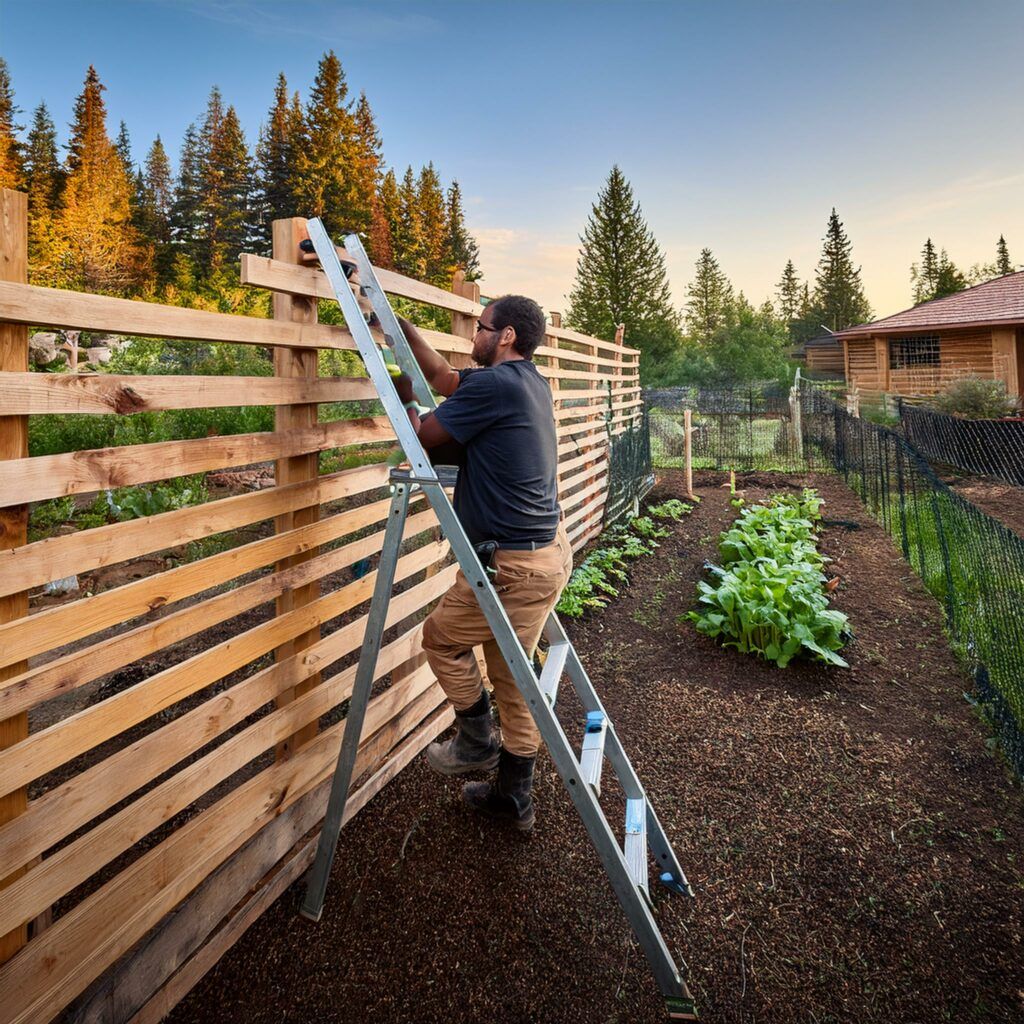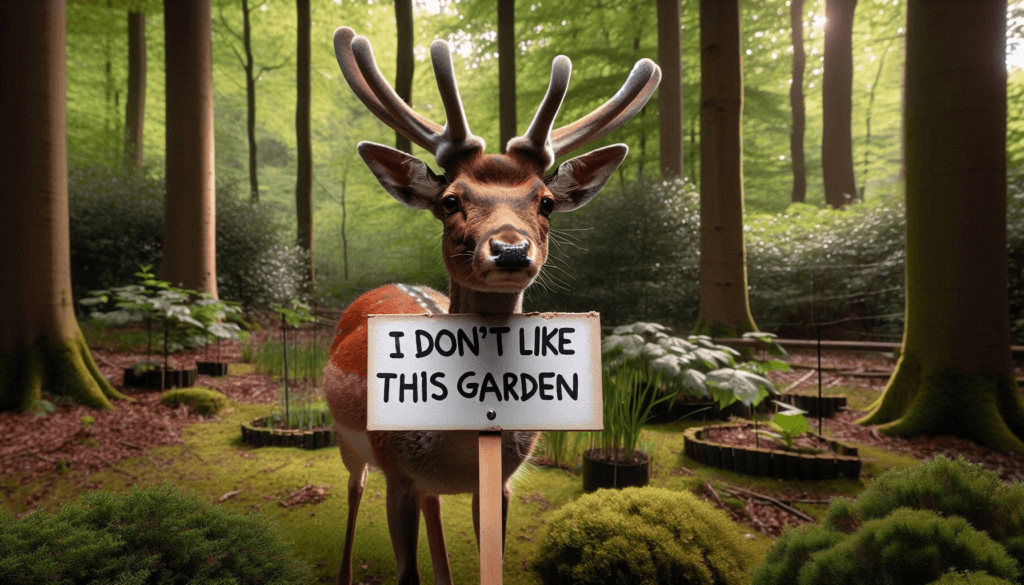Deer wandering into your garden can feel like an invasion. These creatures are naturally curious, and your garden looks like a feast to them. They’re driven by hunger and the availability of easy meals, especially when natural food sources are scarce.
Look for signs of deer activity to confirm their presence. Nibbled plants, hoof prints, and deer droppings are dead giveaways. Sometimes, you might even catch them in the act during early mornings or twilight. Seeing these signs means it’s time to act before they turn your living space into their buffet.
Deer don’t just nibble on a few leaves; they can devastate your carefully curated plants. Imagine waking up to find your blossoming flowers chewed down to stubs or your vegetable patch ravaged. It’s not just frustrating; it’s costly and disheartening after all the effort you’ve put into your garden. Understanding these impacts helps you realize why keeping them at bay is crucial.
Preventive Measures: Physical Barriers
One of the most effective ways to keep deer out is by setting up physical barriers. The right type of fence can be a game-changer. High-tensile wire or woven wire fences do a stellar job, especially when they’re at least 8 feet tall. Deer are pretty good jumpers, and anything shorter won’t cut it.

Choosing the right materials matters too. For instance, poly tape fences are more budget-friendly and easier to install, but they may not be as durable as metal or wooden options. Metal fences, on the other hand, offer longevity and are better suited for larger gardens.
Setting up a fence isn’t as daunting as it seems. Start by marking the perimeter of your garden, then dig holes for the posts. Make sure to space them evenly around 8-10 feet apart. Secure the fence material tightly to each post to prevent gaps. If you’re opting for a higher fence, consider adding a diagonal bar across the posts for additional support.
Apart from traditional fences, consider other physical barriers like netting or tree guards. Netting can be particularly useful for wrapping around individual plants or small garden sections. Tree guards, usually made of plastic or mesh, can protect young trees from being gnawed on by deer. These methods are less visually intrusive and can be effective on their own or in combination with other barriers.
Natural and Chemical Repellents
Understanding the variety of repellents out there is key. Natural repellents like garlic, hot pepper sprays, or soap bars can deter deer due to their strong scents. These options are eco-friendly and easy to whip up in your kitchen.
Commercial deer repellents come in both liquid and granular forms. Brands like Deer Away or Liquid Fence offer products that have been tested and proven effective. Liquid sprays can cover a broad area, while granules can be sprinkled around vulnerable plants.
Applying these repellents correctly makes all the difference. For liquid sprays, coat your plants thoroughly, paying special attention to new growth. Repeat applications are necessary, particularly after rain, as water can wash the repellents away. Granular repellents should be distributed evenly around your garden’s perimeter and any entry points.
Each approach has its own set of benefits and drawbacks. Natural repellents might need more frequent reapplication but are less harsh on your plants and the environment. Commercial products tend to last longer and require less effort, but they can be more expensive. Finding a balanced approach that suits your specific needs will go a long way in keeping your garden deer-free.
Creating a Deer-Resistant Garden
Selecting plants that deer find unappealing is a great start. Plants with strong scents, like lavender, or those with prickly textures, like holly, tend to be less attractive to deer. Incorporating these plants can serve as a natural deterrent and add variety to your garden.
Landscaping techniques can also help create a deer-resistant garden. Raised beds, for instance, make it more difficult for deer to reach your plants. Mulching with materials that deer dislike, such as gravel or stone, can add another layer of protection. Even the layout of your plants can make a difference; placing deer-resistant plants on the outskirts can help shield more vulnerable plants in the center.

Companion planting is another effective strategy. Some plants, like marigolds, act as natural repellents when planted near other crops. Experimenting with plant pairings can offer dual benefits – warding off deer and promoting a healthier garden ecosystem.
Maintaining a deer-free garden requires ongoing effort, especially with the changing seasons. In spring and summer, pay close attention to new growth, as it’s more susceptible to browsing. During fall and winter, focus on providing physical barriers and using repellents more frequently, since natural food sources for deer are scarcer. Consistency is key to keeping these intruders at bay.
Below is a short video I put together to give you a recap of how to keep deer and other animals out of your garden.





